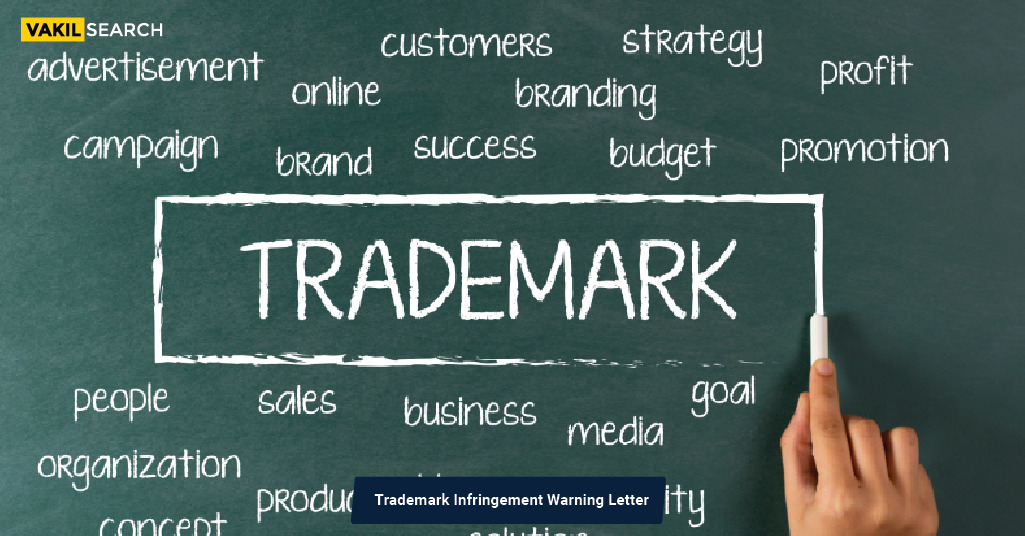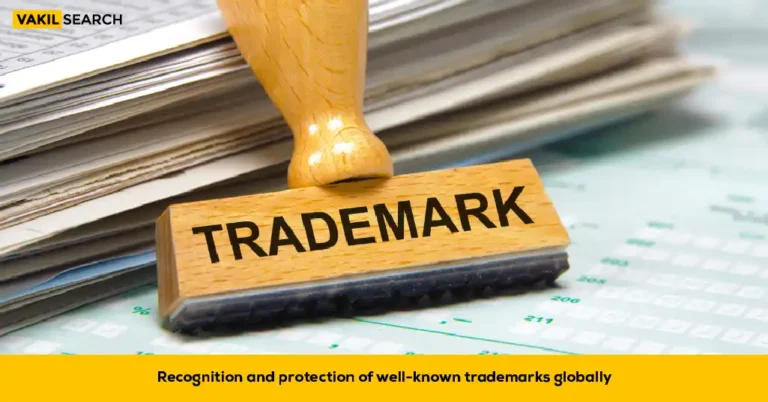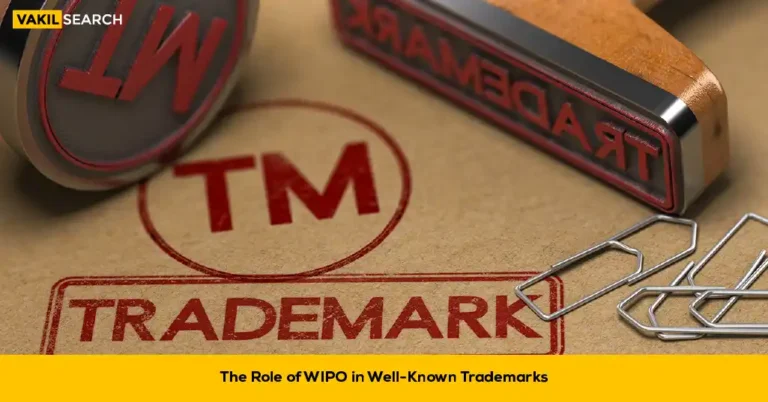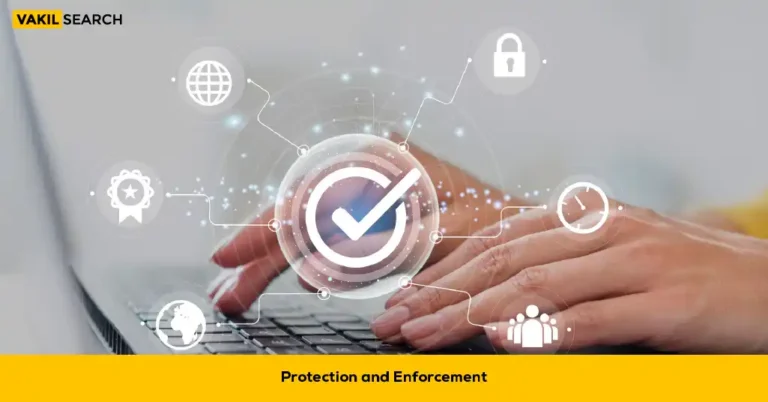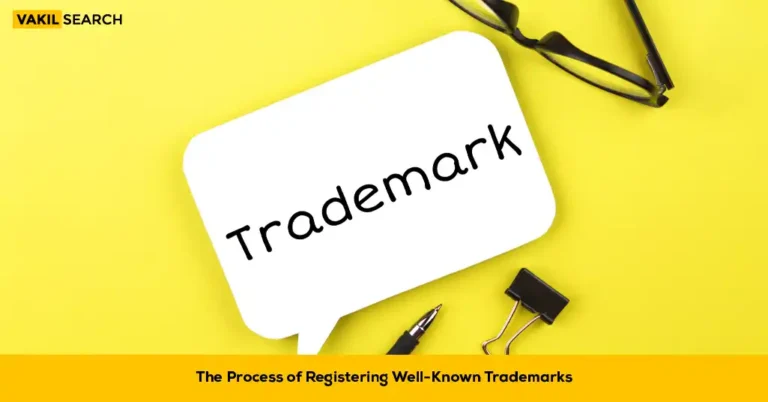Modernising Trademark Law: Meet the Trademark Act, 1999. Enacted to match international standards, it guards trademark users, defines infringement, and sets penalties.
One of a company’s most valuable assets, trademarks, are frequently essential to the success of its branding initiatives. A trademark is a particular image, phrase, or design that defines a specific good or service and sets it apart from similar offerings from other companies. The Trademark Act of 1999, which lays out the guidelines for trademark registration and protection, governs trademarks in India.
Though not all trademark applications are approved, some do face opposition. In this article, we will discuss the common grounds for trademark objections, remedies available to applicants, future trends in trademark law, implications for trademark owners and applicants, strategies for overcoming trademark objections, the role of technology in trademark objections, and a comparative analysis of trademark objections in different jurisdictions.
What is Trademark Objection?
Imagine you’re excited about starting your own business and you’ve come up with a fantastic name and logo that represent your brand perfectly. You decide to protect your unique identity by registering your trademark. But wait, there’s a step in the process that’s known as ‘trademark objection.’
So, what exactly is a trademark objection? Well, think of it as a little roadblock that can pop up when you’re trying to get your trademark officially registered. This roadblock can be set up by either the person who examines and approves trademarks (we’ll call them the Examiner) or even someone outside the process who has concerns about your trademark.
The Examiner might raise an objection for two main reasons:
Incomplete or Wrong Information: If the information you provided when applying for the trademark is not clear or accurate, the Examiner might say, ‘Hold on, we need more details here!’
Similar Trademarks Already Exist: Imagine you want to trademark the name of your coffee shop, but there’s already a coffee shop with a very similar name. The Examiner could object, saying, ‘Hey, this name is kind of like another coffee shop’s name that’s already out there.’
And here’s where things get interesting. Even people who aren’t part of the trademark process can say, ‘Wait a minute, we have a concern here.’ For example, let’s say someone feels that your trademark could confuse customers or isn’t in the public’s best interest. They can raise an objection too.
There are two main times when these objections can happen:
When the Mark is Published: This is like the moment your trademark application is shown to the world in something called the Trademark Journal. Anyone who spots an issue can raise their hand and say, ‘I object!’
Before the Trademark is Officially Registered: Let’s say you start using your trademark before it’s officially registered. Someone can still object during this time, and your application will be marked as ‘Adv Before Acceptance.’
When someone raises an objection, your application status changes to ‘Opposed.’ If you’re the one objecting, you need to explain why you’re not too thrilled about this trademark. And guess what? The person who applied for the trademark gets a chance to defend their choice.
It’s like a conversation where both sides get to share their thoughts. The Examiner looks at the reasons for the objection and the defense and then makes a decision based on the rules laid out in the law.
Common Grounds for Trademark Objections
The Registrar or third parties can raise trademark objections during the application process. Some of the common grounds for trademark objections in India include:
- Deceptiveness or Misleading Nature: If a trademark is likely to deceive or mislead the public, it can be objected to. This can happen if the mark is similar to an existing mark or if it contains misleading information.
- Descriptiveness: If a trademark is purely descriptive of the goods or services it represents, it may be considered ineligible for registration. For example, if a company tries to trademark the term ‘Apple’ for a line of apples, it may be considered too descriptive.
- Similarity to Existing Trademarks: If a trademark is too similar to an existing trademark, it can be objected to on the grounds of the likelihood of confusion. This is to prevent consumers from being misled or confused by similar marks.
- Offensiveness: If a trademark is deemed offensive or vulgar, it can be objected to on the grounds of morality and public order.
Remedies for Trademark Objections
If a trademark application is objected to, the applicant can respond to the objection and provide evidence to support their claim. The following are some of the remedies available to trademark applicants in India:
- Responding to the Objection: The first step is to respond to the objection and provide evidence to support the claim. This can include evidence of prior use, evidence of distinctiveness, or evidence of consumer recognition.
- Appealing to the Intellectual Property Appellate Board (IPAB): If the Registrar maintains the objection after the response, the applicant can appeal to the IPAB. The IPAB is an independent body that hears appeals related to intellectual property rights.
- Filing a Suit: If the IPAB’s decision is unsatisfactory, the applicant can file a suit in court. However, this can be a time-consuming and expensive process.
What is the Trademark Law?
Before 1940, India didn’t have specific laws for trademarks. This meant that problems arose when people used others’ trademarks without permission. The solutions were found in different acts, like the Specific Relief Act of 1877, and the Indian Registration Act of 1908. But things changed for the better with the introduction of the Indian Trademark law in 1940.
As trade and commerce grew, so did the need to protect trademarks. That’s why the older Trademark law was replaced by the Trademark and Merchandise Act of 1958. This new law aimed to provide even stronger protection for trademarks and stop anyone from using them wrongly or fraudulently. It allowed trademark owners to officially register their trademarks, giving them the legal right to use them exclusively.
But the story doesn’t end there. In 1999, the government of India introduced the new Trademark Act. Why? Well, because the world was changing, and India wanted to keep up with international standards, especially the ones set by the World Trade Organisation. This new Act was in line with those international standards, which are known as TRIPS.
So, what does the Trademark Act of 1999, do? It’s like a guardian for people who use trademarks. It sets rules for how trademarks should be treated and gives legal power to trademark owners. This Act also makes sure that if someone misuses a trademark, they can face legal consequences.
One cool thing about this Act is that it defines what counts as ‘infringement’ – using a trademark without permission – and lays out punishments for people who do it. This is a way to keep things fair for everyone. The Act even gives the police the power to arrest people involved in trademark infringement.
But there’s more! The new Act extended the time a trademark stays registered, and it also allowed the registration of non-traditional trademarks. This means that not only names and logos can be registered, but also unique things that help identify a brand.
So, whether it’s a simple name or a unique image, the Trademark Act, of 1999 is all about making sure that trademarks are respected, protected, and used the right way. It’s like a shield for brands, keeping them safe in the ever-changing world of commerce.
How to Reply to Trademark Objection?
So, you’ve received an objection regarding your trademark application. Don’t worry, it’s all part of the process to make sure everything’s fair and square. Here’s how you can respond:
Get Informed: Once an objection is raised, you’ll be officially notified about it along with the reasons behind the objection. This helps you understand what’s going on.
File a Counter Statement: Your first move is to prepare a counter statement. This is like your side of the story. Make sure to do this within 2 months from when you received the objection notice.
Watch the Clock: Remember, time matters. If you don’t file your counter statement within those 2 months, your application might be marked as ‘Abandoned.’ So, keep an eye on the deadline.
Decision Time: After you submit your counter-statement, the Registrar might decide to hold a hearing. If the decision ends up in your favor, hooray! Your trademark could be on its way to being registered. But if it goes the other way, your trademark could be taken off the list, and your application might be rejected.
Appeal Option: If things don’t swing your way, you still have a chance. You can appeal to the Intellectual Property Appellate Board (IPAB). Make sure to do this within 3 months from the date of the Registrar’s decision.
Late Appeal: If you miss that 3-month window, don’t lose hope. You can still file an appeal, but you’ll need to explain the reason for the delay. Also, there’s a fine of ₹ 2,500 involved. If the IPAB accepts your reason, they’ll consider your appeal.
Follow the Rules: When you’re dealing with the IPAB, you’ll need to follow the TradeMarks (Applications, Appeals, and Fees to the Intellectual Property Appellate Board) Rules. Make sure your documentation is in order.
Verification and Endorsement: Double-check everything and get your application verified. The Deputy Registrar will also check and endorse your application on the day it’s submitted.
Fix Defects: If any issues are found with your application, you’ll be notified. You have 2 months to fix these problems and resubmit your application.
Registration or Abandonment: Once your application is in order, the Deputy Registrar will either register your case or consider it abandoned.
IPAB Hearing: If your case moves forward, the IPAB will schedule a hearing. The place of the hearing depends on the rules.
Present Your Case: During the hearing, both sides will present their arguments. If one side doesn’t show up, the IPAB can make decisions like ruling on the case or dismissing it.
Ruling Period: If the case is dismissed or ruled on in one party’s absence, there’s a 30-day period to challenge that decision. After this, the IPAB’s decision stands.
Further Appeals: If you’re still not satisfied, you can appeal to the High Court and even the Supreme Court if needed.
Remember, it might sound a bit complex, but it’s all about making sure everyone’s heard and treated fairly. Your trademark journey might have twists and turns, but each step is important to ensure a balanced process.
Strategies for Overcoming Trademark Objections
If a trademark application is objected to, there are several strategies that applicants can use to overcome the objection:
- Amend the Application: Applicants can amend their trademark application to address the grounds for objection. For example, if a trademark is objected to on the grounds of descriptiveness, the applicant could amend the application to include a distinctive element or phrase that sets it apart from other descriptive marks.
- Provide Evidence of Distinctiveness: Applicants can provide evidence of the distinctiveness of their mark, such as consumer surveys, advertising and promotional materials, and evidence of prior use.
- Provide Evidence of Prior Use: Applicants can provide evidence of their prior use of the mark in connection with the goods or services for which they are seeking registration. This can include sales data, invoices, and other documentation.
- File a Counterstatement: If the Registrar maintains the objection after the response, the applicant can file a counterstatement. This is a formal statement that sets out the applicant’s arguments and evidence in support of their trademark.
Conclusion:-
Trademark objectionsare an essential part of the trademark registration process, and understanding the common grounds for objection and the remedies available can help trademark owners. Applicants protect their brands and avoid delays in the registration process. As technology plays an increasingly important role in trademark law, trademark owners and applicants must stay current on the latest trends and strategies for overcoming objections.
Ultimately, the future of trademark law will be shaped by a range of factors, including technological innovation, changing consumer preferences, and evolving legal and regulatory frameworks. By staying informed and proactive, trademark owners and applicants can help ensure the continued success of their brands and businesses in an increasingly competitive global marketplace.
FAQs
How is the objection to the trademark communicated to me?The objection to the trademark is communicated to you through an official notice or notification provided by the relevant authorities. |
Where to get the examination report of trademark objection?You can find the examination report on the IPIndia website, accessible using the TM application number, and it’s the examiner who decides on trademark registration prior to issuing the report. |
How much time does it take for a trademark objection reply?A comprehensive response to a trademark objection should be submitted within one month of the objection’s issuance. Typically, it takes around 3-6 months for the response to be reviewed, and there’s no government fee for filing the objection response. |
How do you avoid trademark objections?To avoid trademark objection, conduct a thorough search before applying, ensure distinctiveness, and provide accurate application details. Additionally, consult legal experts for guidance. |
How do you handle trademark objections?Handling trademark objections involves preparing a well-reasoned response addressing the objections within the stipulated time frame. Consulting legal experts can provide valuable guidance in this process. |


